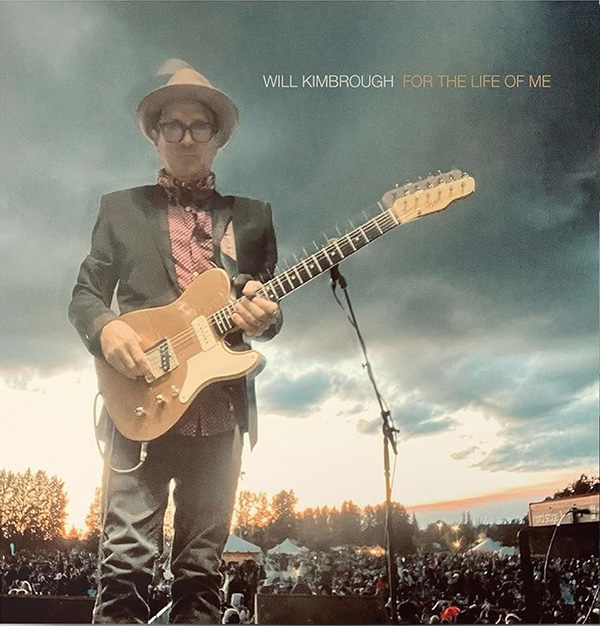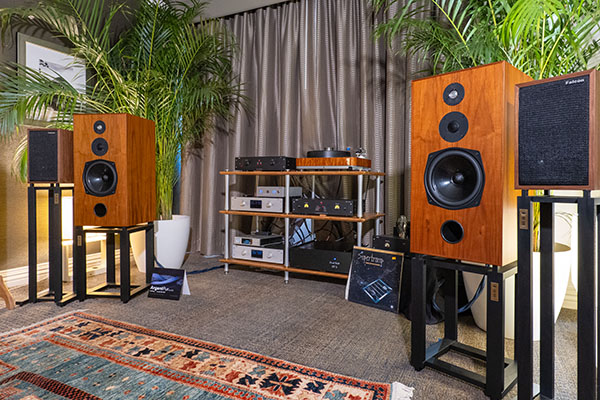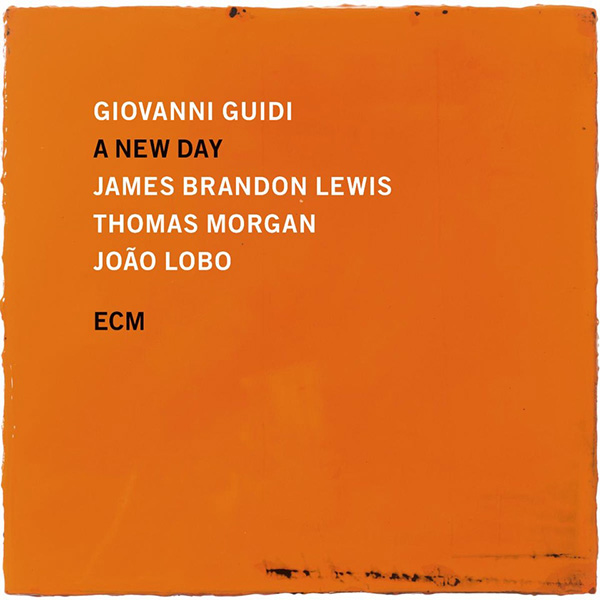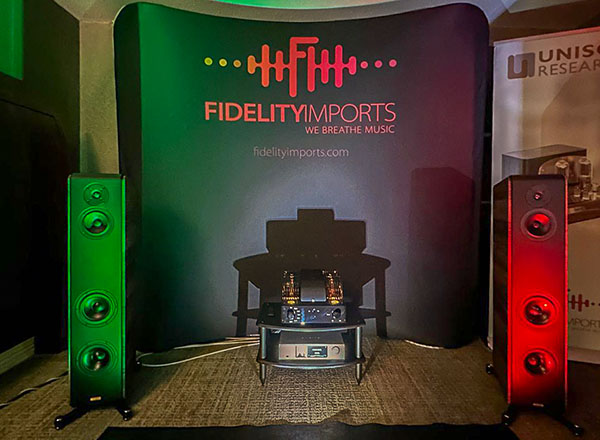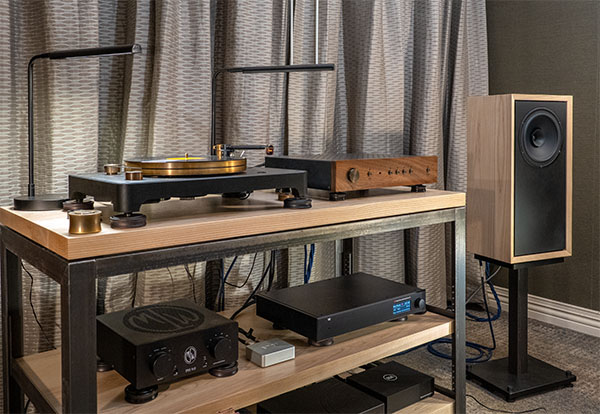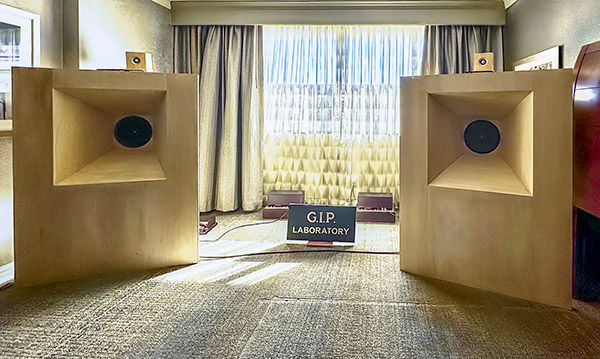
True Source Audio Distribution / Sierra Sound Debut G.I.P Laboratory 4165
True Source Audio Distribution / Sierra Sound Debut G.I.P Laboratory 4165

- Read more about True Source Audio Distribution / Sierra Sound Debut G.I.P Laboratory 4165
- Log in or register to post comments


